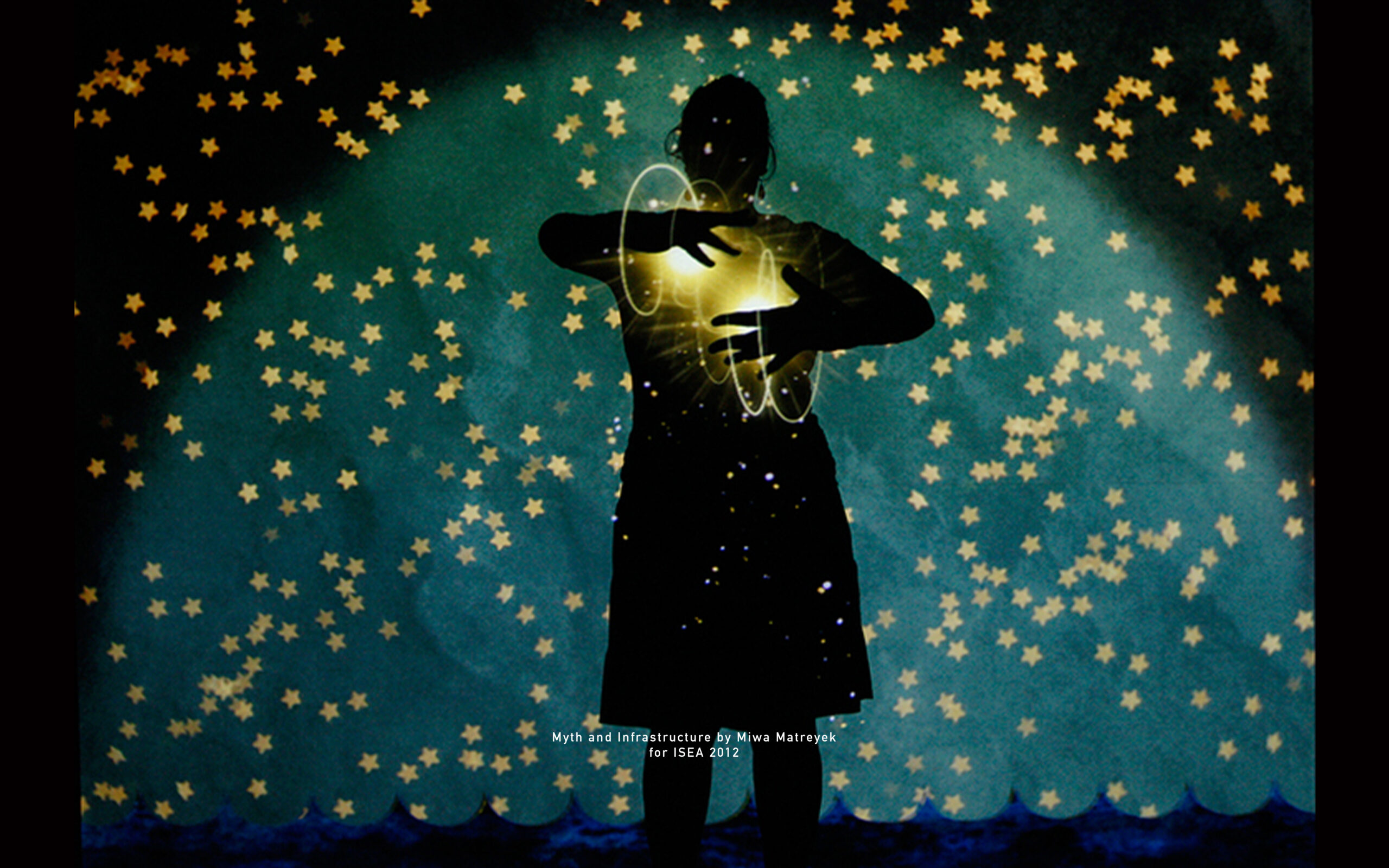Founded in the Netherlands in 1990, ISEA International (formerly Inter-Society for the Electronic Arts) is an international non-profit organisation fostering interdisciplinary academic discourse and exchange among culturally diverse organisations and individuals working with art, science and technology.
The main activity of ISEA International is the annual International Symposium on Electronic Art (ISEA). The first symposia took place in 1988; the next edition will be held in Brisbane in 2024.
Subscribe to our JiscMail list:


